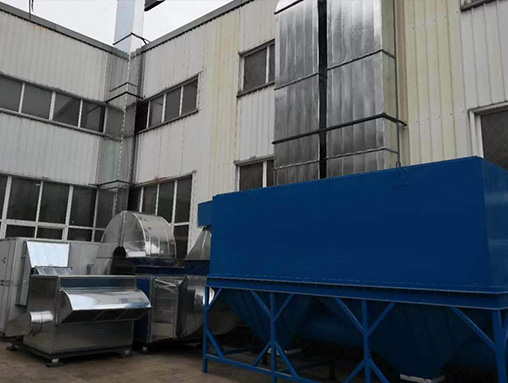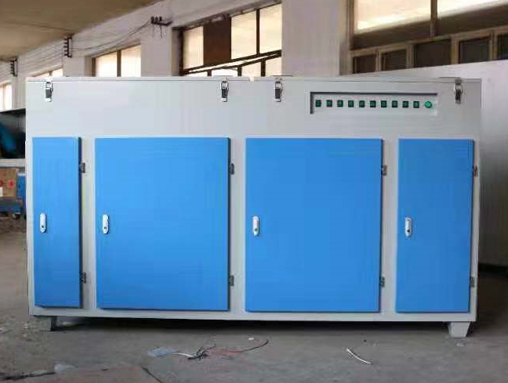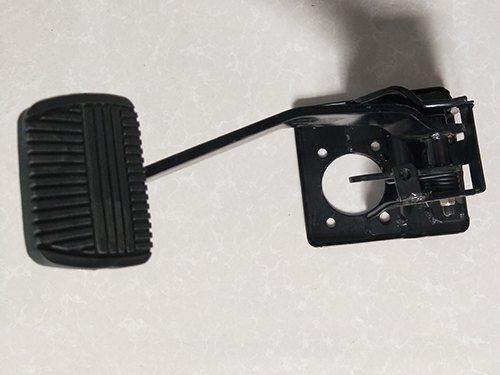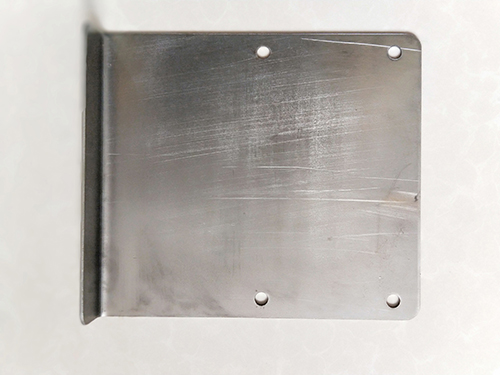Forming and Defect Analysis of Automotive Stamping Parts
1. Stamping part forming process
Automotive stamping parts are automotive components that are cut from sheet metal and subjected to processes such as stretching and forming to obtain specific shapes, specifications, and functions. They are an important component of automotive manufacturing and have a decisive impact on the overall assembly quality of the vehicle. Automotive stamping parts are mainly divided into two categories: external structural parts and internal structural parts. The former is mainly used for assembling the exterior of automobiles, with good aesthetic and compressive performance. It does not allow surface defects such as wrinkles and dents, and even welding seams must be kept smooth; The latter belongs to structural components, and its processing quality directly affects the overall performance of the car.
Characteristics of Stamping Parts Forming
2.1 Production
Modern stamping equipment is gradually developing towards mechanical intelligence, with significant advantages such as easy operation and production. The stroke of ordinary stamping equipment can reach dozens of times per minute, while the stroke of some high-voltage equipment can reach hundreds or even thousands of times per minute. Under normal circumstances, each stroke can complete one stamped part.
2.2 Good stamping processability
The vast majority of stamped parts; All of them adopt cold stamping processing technology, which is widely used and has significant advantages compared to other processing methods. Under good stamping conditions and processing conditions, cold stamping technology can achieve effects that many methods cannot achieve, obtaining very delicate and complex shaped components. For example, the second hand of a clock, car coverings, and so on.
2.3 Low cost consumption
The vast majority of materials used in the automotive stamping process are solid sheet metal. As long as there are no major problems with cutting and planning, the pressure equipment can fully utilize all metal materials during the stamping process, avoiding the corner scraps caused by manual cutting. Moreover, since no other heating equipment is required, the resource utilization efficiency can be maximized. At the same time, it can also reduce the probability of secondary cutting caused by human errors. On the basis of improving processing efficiency, it has energy-saving characteristics and can obtain larger profits with smaller costs. The scale and scale production of automotive stamping parts can improve the economic performance of processing technology.
3. Defects in stamping parts forming
3.1 Burrs appearing in cutting materials
During the process of cutting stamped sheet metal, it is easy to cause the problem of many spikes around the material, which vary in thickness but generally have a high height. These spikes are the burrs generated during the cutting process of the material. There are two main types of burrs on the edges of cutting materials. One is caused by the large gap between the concave and convex molds of the cutting equipment, resulting in inconsistent cutting planes. The height and thickness values of this type of burr are relatively large; Another reason is due to the small gap between the concave and convex molds of the cutting equipment or the long-term wear of the molds. This type of burr has a high height but a thin thickness. From this, it can be seen that automotive stamping parts processing personnel should adjust the gap between the concave and convex molds of the cutting equipment, regularly check the wear of the molds, and promptly repair or replace the problematic molds.
3.2 Stretching wrinkling
During the stretching process of stamped parts, the metal material undergoes tensile deformation under pressure, resulting in wrinkling of the part flange or cylinder wall. The main reason is due to tangential compressive stress. When the tangential stress of the flange reaches the limit value, continuous, wavy bending occurs at the edge of the flange, which is called wrinkling.
In actual processing, increasing the tensile stress in the inner diameter direction is a common measure for wrinkling. If wrinkles are evenly distributed around the stamped parts, the pressing force should be increased to prevent wrinkling. For conical or hemispherical workpieces, the material is almost suspended in the initial stage of stretching, making it easy for wrinkles to appear on the side cylinder wall. Therefore, on the basis of increasing the edge pressure, the tensile stress of the plate in the radial direction should be further increased to weaken or wrinkle. Specifically, the method of adding stretching ribs can be used to bend and bend the plate around during the stretching process, and affect the resistance generated by the die, thereby increasing the radial tensile stress. Mold designers should choose the specifications, shapes, and installation positions of stretching bars reasonably based on actual processing needs, and reduce the problem of stretching wrinkling by changing the magnitude of radial tensile stress. At the same time, edge pressing rings can also be used to reduce the arching problem of the blank. Especially for stretching parts with complex shapes, their material stability is poor and the probability of wrinkling is high. Therefore, in the design stage of the stretching process for such components, convex ribs should be added to fully absorb the excess metal material generated during the stretching process of the sheet metal, thereby avoiding wrinkling. In addition, increasing the thickness of the blank and reducing tensile deformation is also a good way to wrinkle.
3.3 Tensile rupture
During the stretching process, if the tensile force is greater than the material's greater tensile strength, cracking may occur. The thickness of the board is not a criterion for judging the occurrence of cracking. That is to say, it is not the thin areas but the areas with greater degree of tensile deformation that are more prone to tensile fracture. Therefore, designers should take preventive measures at locations with significant tensile deformation in the early stages of design, and repair the formed parts after stretching, such as through drilling and cutting, to reduce the tensile force and lower the probability of rupture.
3.4 Stretch rebound
During the stretching process of automotive stamping parts, bending deformation of the sheet metal is commonly observed. Even after the stretching action is completed, there will still be residual stress. These residual stresses are in equilibrium with the contact force of the closed mold. Once the mold is opened again, the machined part will rebound under the action of residual stress, resulting in a deviation in size between the actual machining effect and the expected one.
Stretch rebound is a type of defect in automotive stamping forming, which is difficult to achieve in actual processing. With the continuous development of technology, people are actively conducting in-depth research on stretch rebound and using computer simulation models to provide numerous solutions. At present, the relevant compensation technology for springback machining surfaces is a relatively effective way to solve tensile springback.
In summary, automotive stamping parts are an important component of automotive assembly, divided into two categories: external structural parts and internal structural parts. They not only affect the appearance of the car, but also play a crucial role in the overall quality of the car. However, due to the occurrence of forming defects such as cutting burrs, stretching wrinkling, stretching rupture, and stretching rebound, the performance of automotive stamping parts is greatly reduced. Therefore, automotive stamping designers should conduct a reasonable analysis of the sheet metal, take preventive measures in advance, and take measures to avoid stamping defects as much as possible, so as to improve the overall compressive performance of the car and achieve the production mode of.







